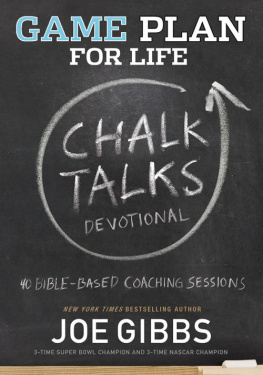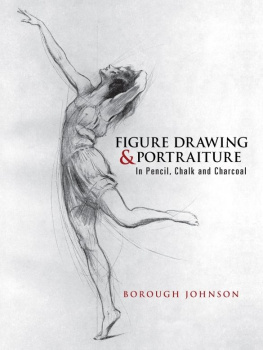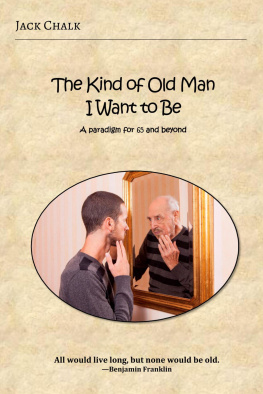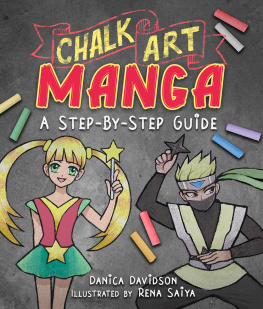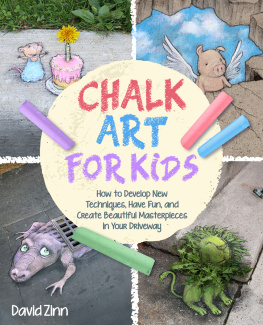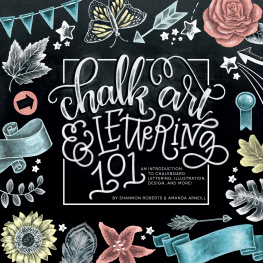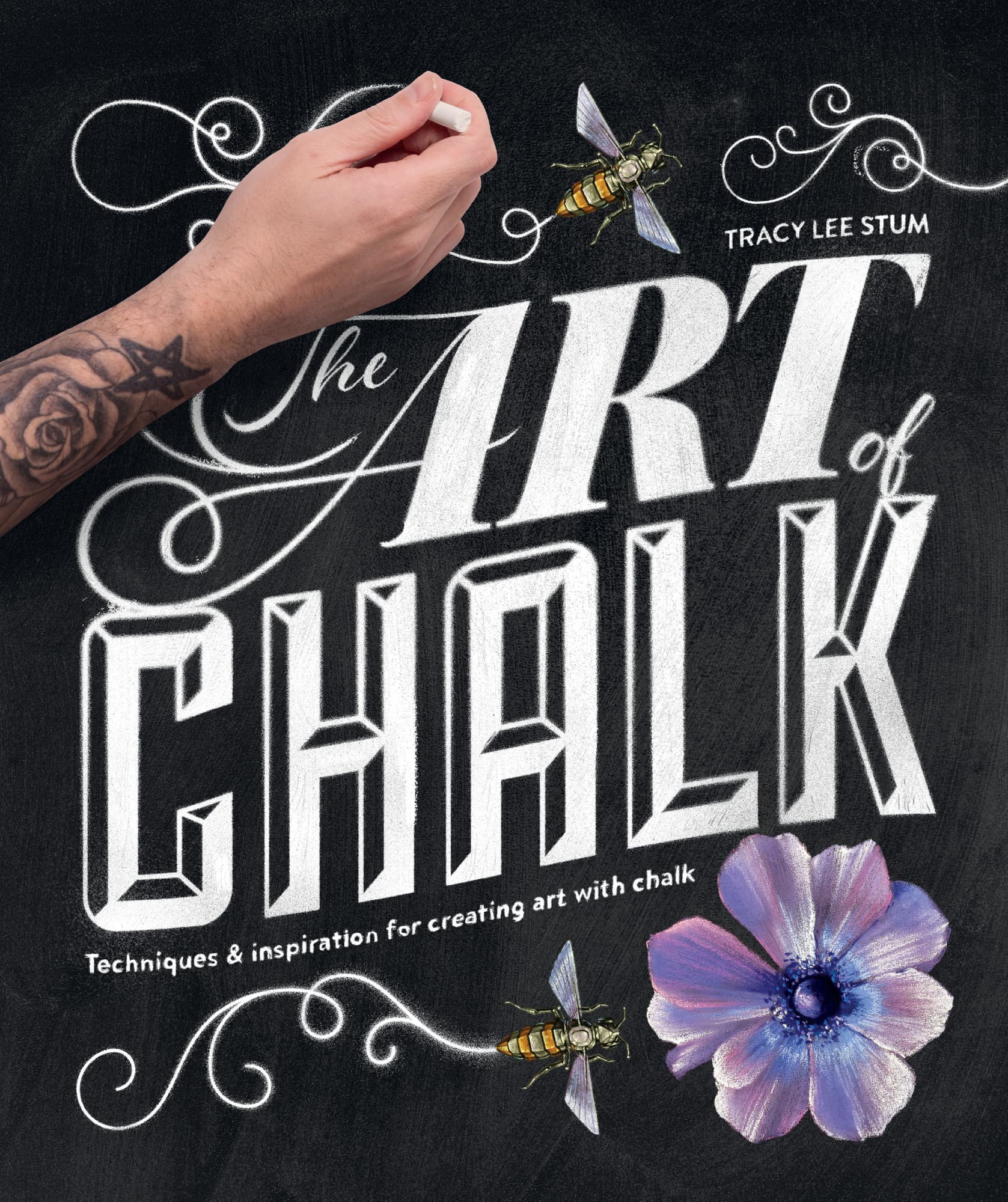the ART of
CHALK
Techniques & inspiration for creating art with chalk
TRACY LEE STUM


2016 Quarto Publishing Group USA Inc.
First published in the United States of America in 2016 by
Rockport Publishers, an Imprint of
Quarto Publishing Group USA Inc.
100 Cummings Center
Suite 406-L
Beverly, Massachusetts 01915-6101
Telephone: (978) 282-9590
Fax: (978) 283-2742
QuartoKnows.com
Visit our blogs at QuartoKnows.com
All rights reserved. No part of this book may be reproduced in any form without written permission of the copyright owners. All images in this book have been reproduced with the knowledge and prior consent of the artists concerned, and no responsibility is accepted by producer, publisher, or printer for any infringement of copyright or otherwise, arising from the contents of this publication. Every effort has been made to ensure that credits accurately comply with information supplied. We apologize for any inaccuracies that may have occurred and will resolve inaccurate or missing information in a subsequent reprinting of the book.
Digital edition published in 2016
Digital edition: 978-1-62788-656-7
Softcover edition: 978-1-63159-066-5
Library of Congress Cataloging-in-Publication Data available
Design: Traffic Design Consultants
Cover Image: Traffic Design Consultants
Page Layout: Megan Jones Design
Photography: Michael Moore, PlanetMoore
This book is dedicated to all those artists
past, present and future
who choose the path less taken
in search of personal artistic truth.
CONTENTS
Guide
PREFACE
The Art of Chalk is for those inquisitive artists who would like to venture into new and unfamiliar territories of creativity involving chalk, pastels, and other mediums used to create chalkboard art, pastel painting, and street painting. Its also for those who have taken the plunge into these art practices and would like a clearer understanding of how the creative process works for accomplished artists in each of these areas.
Many artists have a will and desire to explore these art forms but dont know where or how to begin. My aim is to provide inspiration, guidance, and instruction, and to demystify these processes by offering the tools, methods, and tips that will assist and inspire you in your art-making exploration.
The Art of Chalk is also intended to help you navigate some of the surprises that may come with working with these mediums. When I began street painting many years ago, I had to figure all of that out on my own, first by simply participating then, thankfully, through the generous sharing of information by my peers and colleagues. Street painting found me, as if by accident, so I wasnt fully prepared for what was to comethe long hours sitting on hard pavement in the heat, the ephemeral reality of a lost drawing when the rain suddenly let loose, or the energy of the crowds of thousands who came to see our work.
So here is one road map that takes you from idea to finished work, ideally with confidence and ease. And who knows? With practice, application, and concentration, perhaps a new masterpiece is waiting to be revealed.
THE ART OF CHALK: AN OVERVIEW
Mini Zoo by Tracy Lee Stum. Even when given only a small area in which to work, a 3D chalk image can be very convincing when designed and shaded effectively.
Youve probably seen various types of chalk or pastel artwork in your journey through everyday life, either on a street, in a restaurant, on a sidewalk, or in a museum or gallery. Artists have been playing with chalk for centuries. And yes, I say playing, as this medium most certainly allows for some very free expressions of creativity.
No longer thought of as just a schoolroom tool, chalk has come into its own with the advent of new and fascinating applications. These days one may see chalk art in a home, on the exterior of a building, or spanning a sidewalk as big as a football field.
While pastelists continue to exhibit their works in galleries and museums, some chalk artists have moved their delicate art form outdoors, with street painters creating works on pavement that are subject to the conditions of an external and often unforgiving environment, and chalkboard artists creating works in public environments such as retail shops, restaurants, interior spaces, and even on the sides of buildings. Whats really fascinating about these artworks is that the ephemeral quality of the medium is not only embraced but also celebrated. Some may not last very long at all, but they do inspire, illuminate, and demonstrate the nature of creativity in all its temporal glory.
FINDING STREET PAINTING WAS LIKE FINDING MYSELF. IT IS THE MOST FREEING CREATIVE EXPRESSION THAT I HAVE EVER ENGAGED IN. NEVER MIND THAT ITS CREATED ON PAVEMENT!
IF SOMEONE HAD TOLD ME TWENTYYEARS AGO THAT ID BE DRAWING ON SIDEWALKS FOR A LIVING I WOULD HAVE LAUGHED AT THEM. WHO WOULD HAVE THOUGHT THAT CHALK ON PAVEMENT WOULD HELP ME REALIZE MY POTENTIAL AS A VISUAL ARTIST?
TRACY LEE STUM
CHALKBOARD ARTISTS: THE DESIGNERS
Who hasnt written on a blackboard at some time in his or her lifeto solve an equation, demonstrate a scientific formula, elaborate on a historical discussion, or repetitiously copy an I will not punishment statement over and over? We think of a blackboard as a teaching tool, which it most certainly has been, but today we see the evolution of a new art form that treats the chalkboard as a contemporary canvas.
Once the domain of professional sign painters who created unique commercial displays with ornamental fonts, chalkboard art can now be seen in all sorts of locations, from restaurants and retail shops to corporate offices and marketing events. Chalkboard artists are also embellishing well-dressed home interiors and, in the case of Dana Tanamachi, a well-known graphic designer widely recognized for pioneering the current chalkboard art trend, creating their own home decorating product lines for retailers such as Target and West Elm. The popularity and appeal of chalkboard art have been rising worldwide, as is evident on various social media sites such as Pinterest and Instagram. New designs, new font interpretations, and new approaches are growing exponentially.
Todays chalkboard artists are, in many cases, designers first. They share a fascination with and an appreciation for typography and historic graphic styles. They turn to the chalkboard to create pleasing compositions that are also often pragmatic and functional. One may think their creative process is restricted, constrained by content and structure, yet the level of detail and inventiveness within these works make it clear that such limitations can actually be quite liberating. These stylistically adept designer-artists offer up delightful and pleasing ephemera to enhance our everyday lives.


